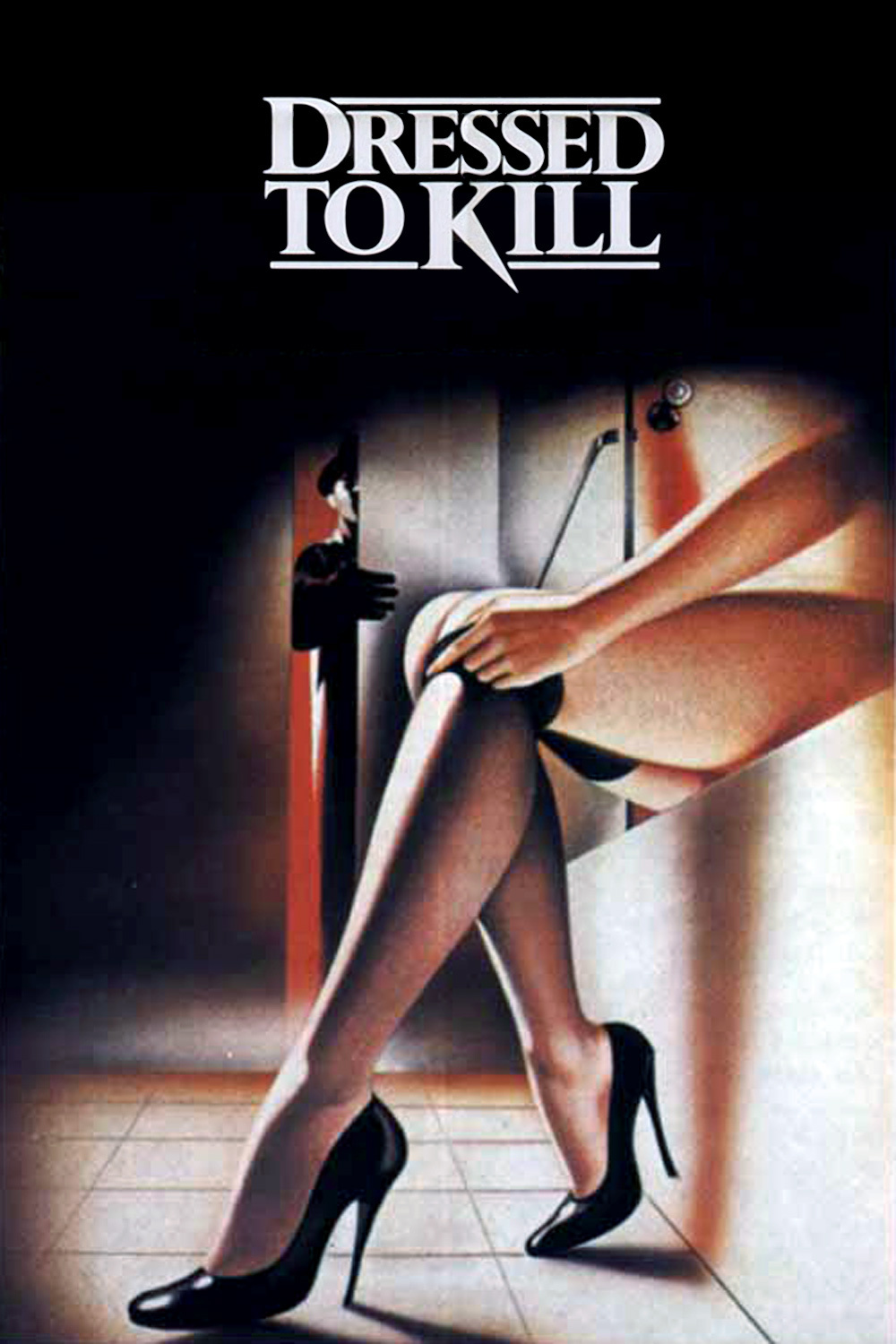When Alfred Hitchcock died, the obituaries puzzled over the fact that Hitchcock had created the most distinctive and easily recognizable visual style of his generation, but hadn’t had a great influence on younger filmmakers. The obvious exception is Brian DePalma, who deliberately set out to work in the Hitchcock tradition, and directed this Hitchcockian thriller that’s stylish, intriguing, and very violent.
The ads for DePalma’s “Dressed to Kill” describe him as “the master of the macabre,” which is no more immodest, I suppose, than the ads that described Hitchcock as “the master of suspense.” DePalma is not yet an artist of Hitchcock’s stature, but he does earn the right to a comparison, especially after his deliberately Hitchcockian films “Sisters” and “Obsession.” He places his emphasis on the same things that obsessed Hitchcock: precise camera movements, meticulously selected visual details, characters seen as types rather than personalities, and violence as a sudden interruption of the most mundane situations.
He also has Hitchcock’s delight in bizarre and unexpected plot twists, and the chief delight of the first and best hour of “Dressed to Kill” comes from the series of surprises he springs on us. Although other key characters are introduced, the central character in these early scenes is Kate Miller (Angie Dickinson), an attractive forty-fiveish Manhattan woman who has a severe case of unsatiated lust. DePalma opens with a deliberately shocking shower scene (homage to Hitch), and then follows the woman as her sexual fantasies become unexpectedly real during a lunchtime trip to the museum.
The museum sequence is absolutely brilliant, tracking Dickinson as she notices a tall, dark, and handsome stranger. She makes eye contact, breaks it, tries to attract the stranger’s attention by dropping her glove, and then is tracked by the stranger. To her, and our, astonishment, this virtuoso scene (played entirely without dialogue) ends in a passionate sexual encounter in the back of a taxicab.
Later, she wakes up in the stranger’s apartment, and DePalma shamelessly manipulates her, and us, by springing a series of plot surprises involving embarrassment and guilt: What would you do if you were a cheating wife and had just forgotten your wedding ring in a stranger’s apartment? The plot now takes several totally unanticipated turns, and I, of course, would not dream of revealing them. Indeed, I’ll be vague about the plot from now on, because De Palma’s surprises are crucial to his effect.
The movie’s other characters include Michael Caine, who’s the psychiatrist of two of the characters in the film. Then there’s Nancy Allen, who’s wonderfully offbeat as a sweet Manhattan hooker who discovers a body and gets trapped in the investigation. And there’s Keith Gordon: He’s one of those teen-age scientific geniuses, and he invents brilliant gimmicks to investigate the crime.
Some people are going to object to certain plot details in “Dressed to Kill,” particularly the cavalier way it explains a homocidal maniac’s behavior by lumping together transsexuality and schizophrenia. But I doubt that DePalma wants us to take his explanations very seriously; the pseudoscientific jargon used to “explain” the case reminds me of that terrible psychiatric explanation at the end of Psycho, a movie DePalma has been quoting from all along.
“Dressed to Kill” is an exercise in style, not narrative; it would rather look and feel like a thriller than make sense. Its plot has moments of ludicrous implausibility, it nearly bogs down at one point near the end and it cheats on us with the old “it was only a dream!” gimmick. But DePalma has so much fun with the conventions of the thriller that we forgive him and go along. And there are really nice touches in the performances:
Dickinson’s guilt-laden lust, Caine’s analytical detachment, Allen’s street-wise cool in life and death situations, Gordon’s wise-guy kid. DePalma earns the title of master, all right … but Hitch remains the grand master.



















